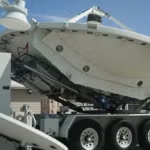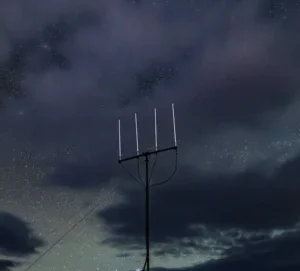
Moon Express and Space IL are the only two Google [GOOG] Lunar Xprize competitors to have produced the verified launch contracts required to stay in the $30 million contest beyond 2016.A third competitor, Astrobotic, promises to have a launch contract secured by the end of the year. Company CEO John Thornton said Thursday once Astrobotic fills its manifest, it will secure a launch contract, likely with Space Exploration Technologies Corp. (SpaceX). He said he was considering secondary options from other…













